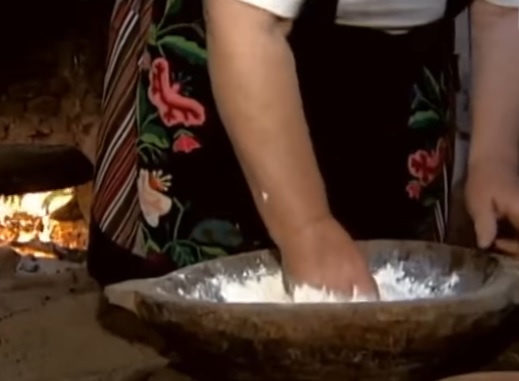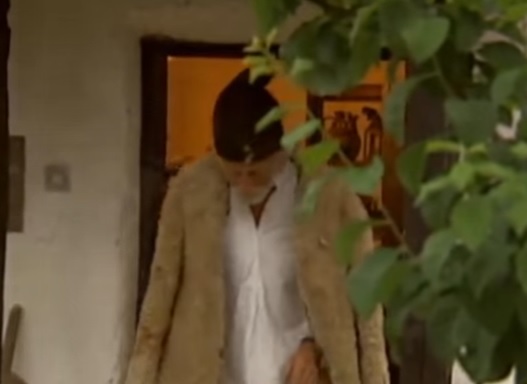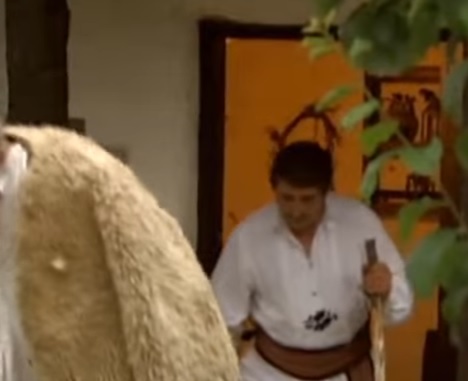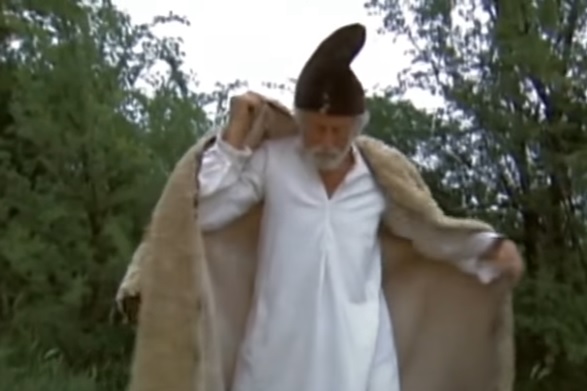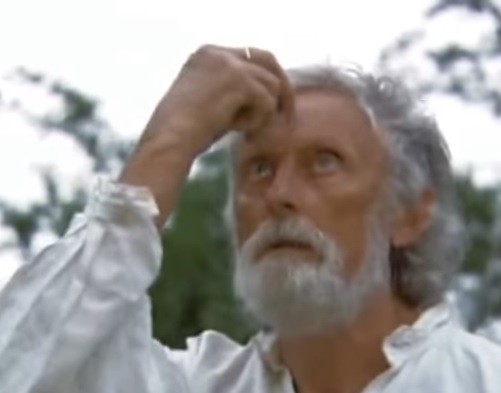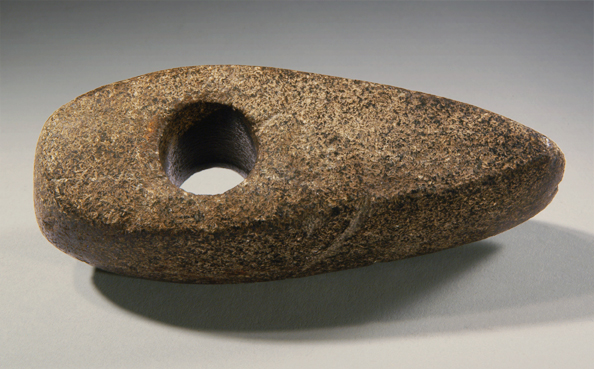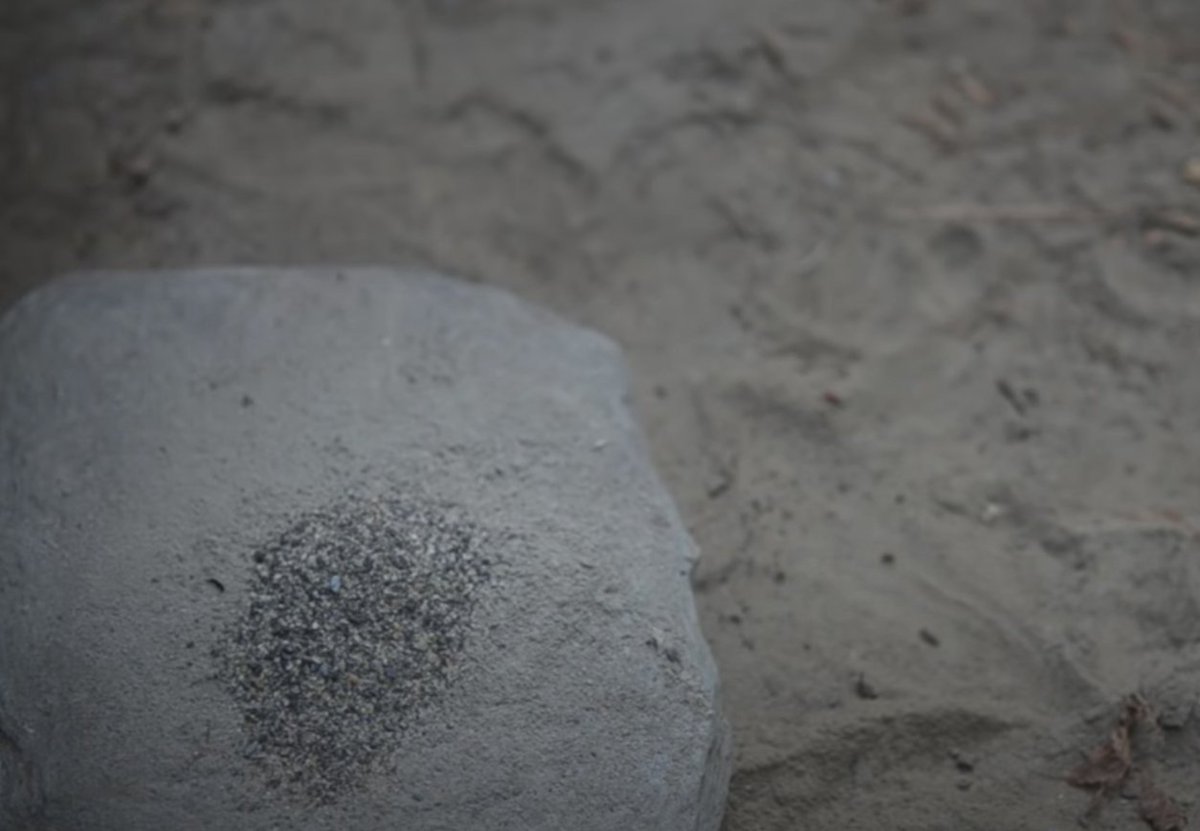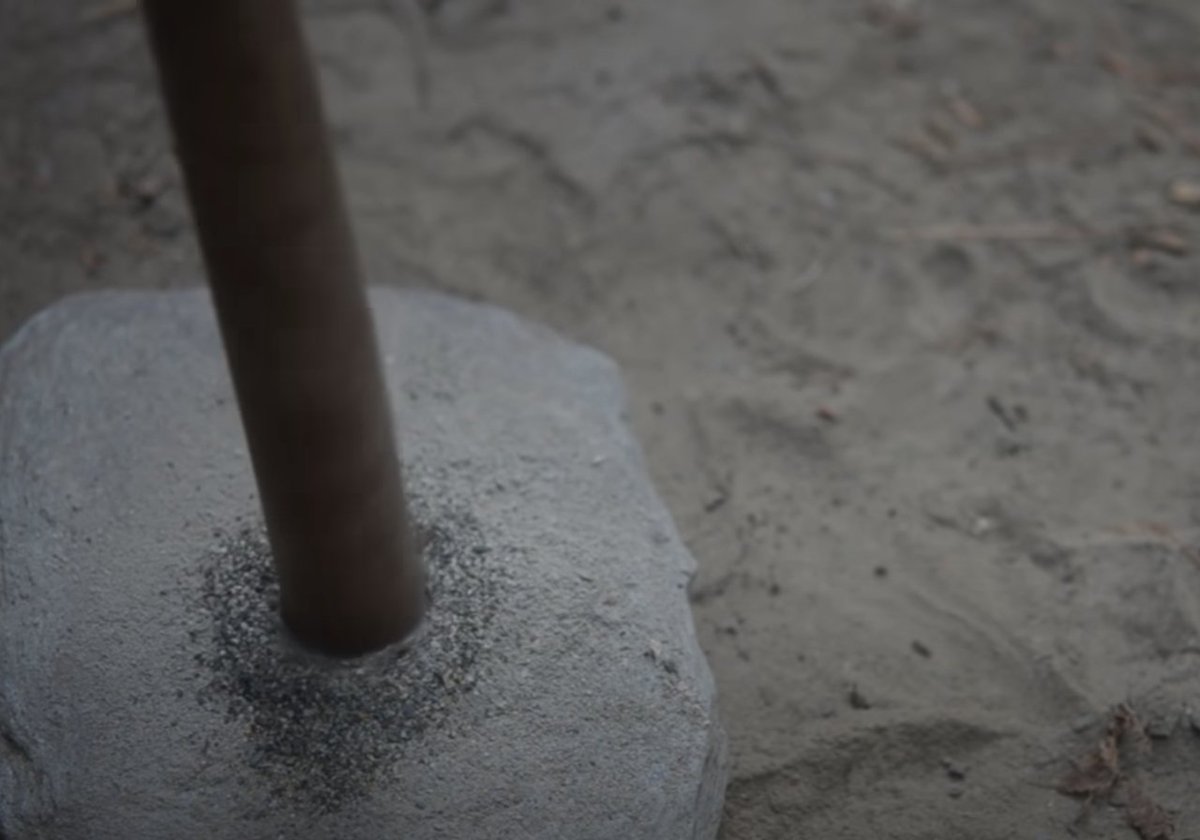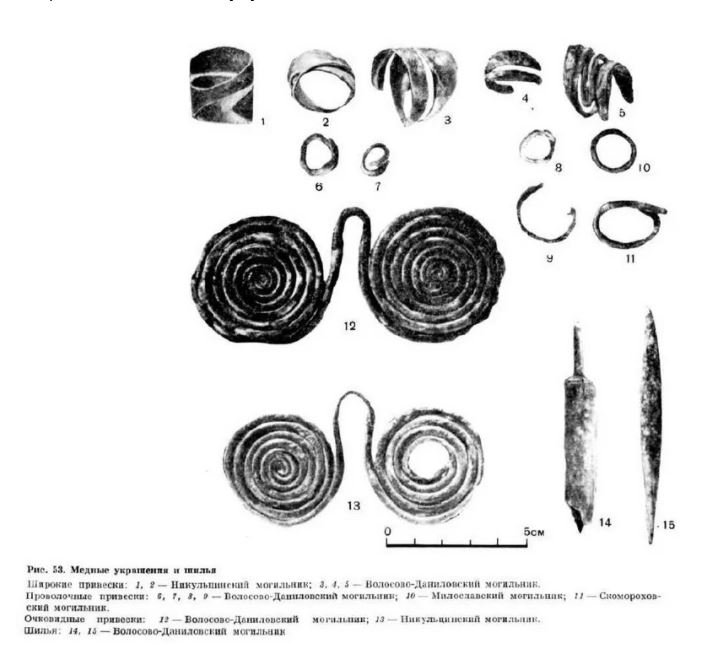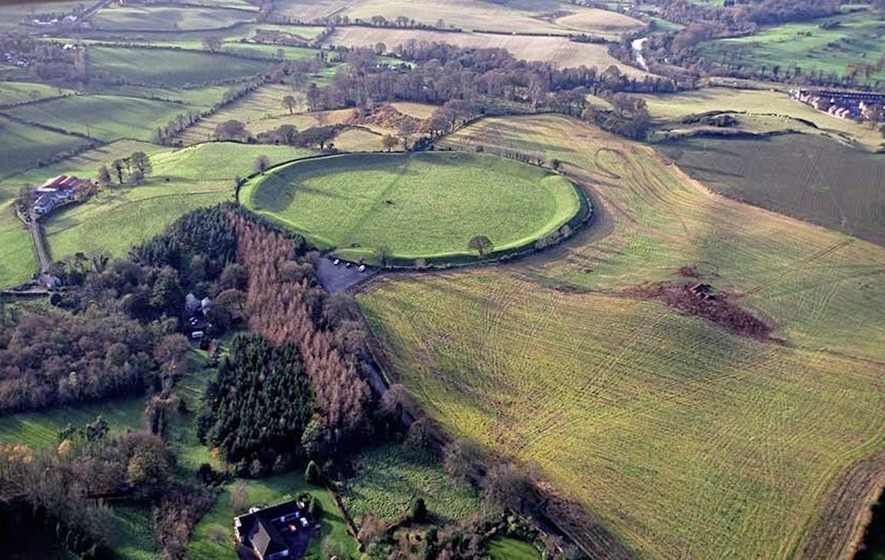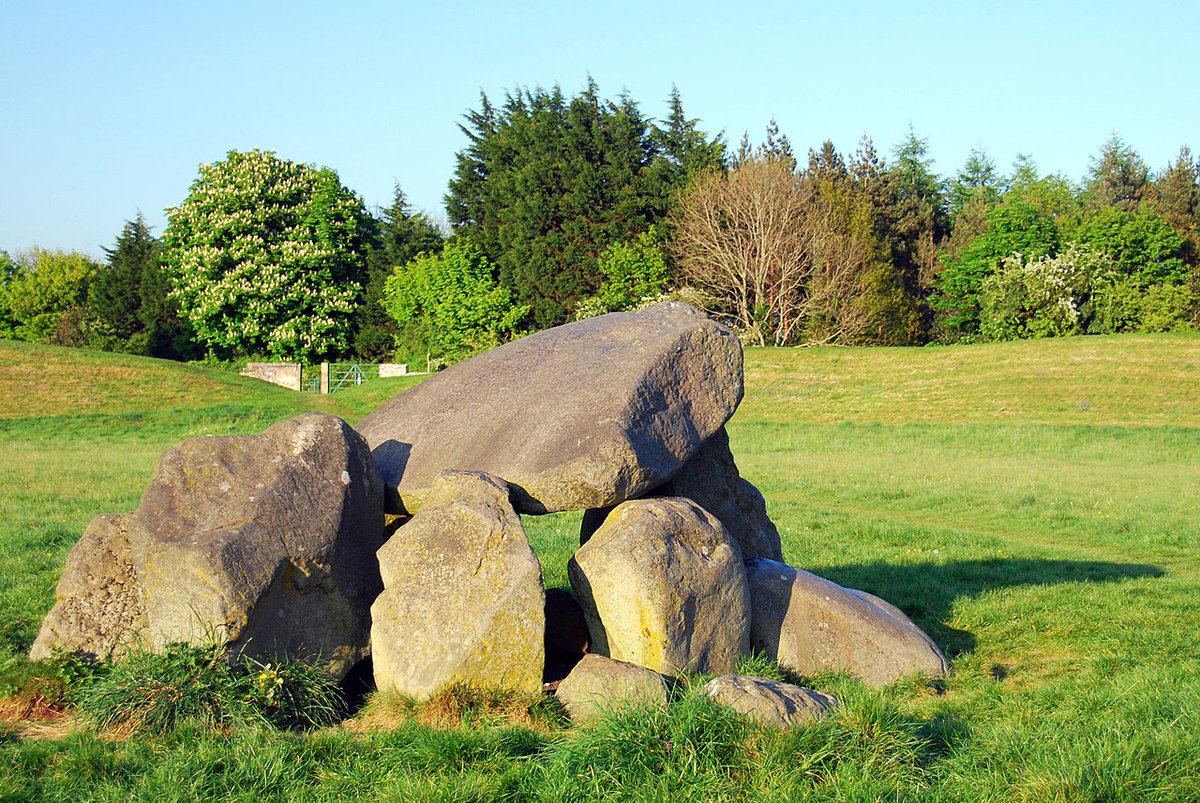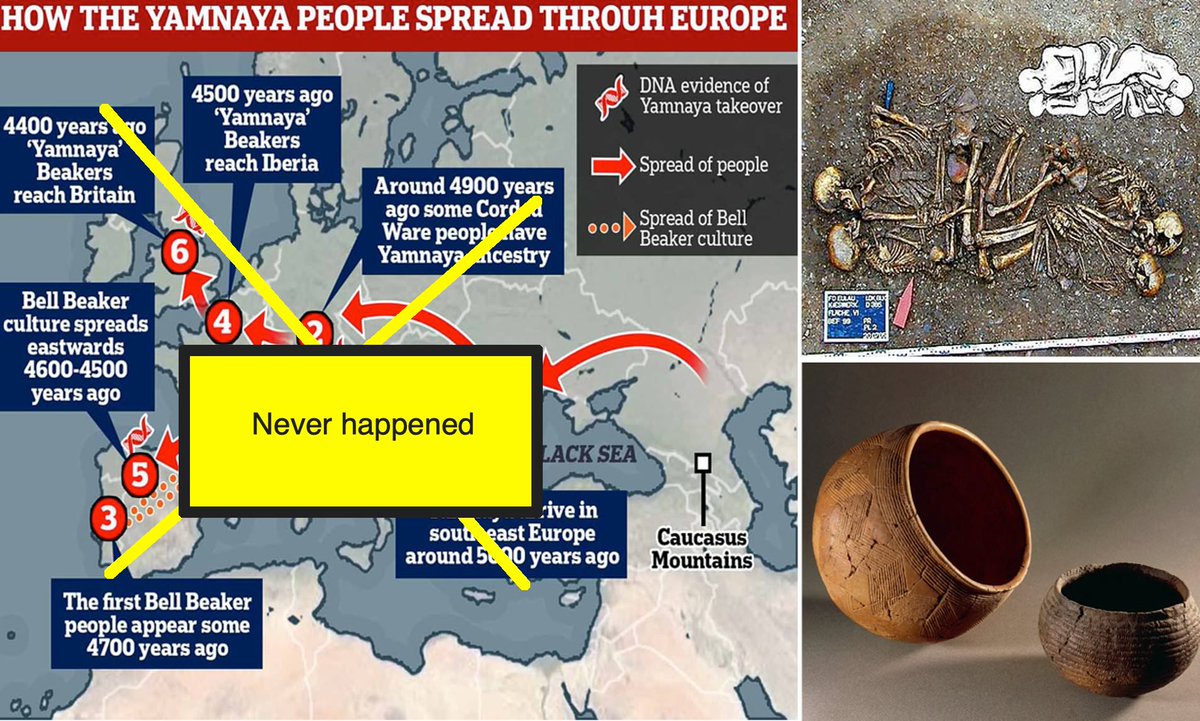
#FolkloreThursday Thread: This is the page about a strange creature from Serbian folklore called "Nav" from the beautiful illustrated book on Serbian mythology "Ale i Bauci". According to the Serbian mythology, a "nav" is a bird possessed by a soul of a dead unbaptised child... 

It screeches during the night most commonly making crying sounds. It can make breastfeeding mothers go dry. Crossing yourself and saying "I baptise myself" makes it disappear...
This is very interesting. Slavic word Nav denote the souls of the dead in Slavic mythology. The singular form (Nav or Nawia) is also used as a name for the "otherworld"...
In Slavic mythology, souls of the dead entered birds who brought them to irij, paradise. Birds then brought the souls back when they were ready to be reborn. It is interesting that only the souls of unbaptised (still pagan) children become "nav" 🙂
• • •
Missing some Tweet in this thread? You can try to
force a refresh

